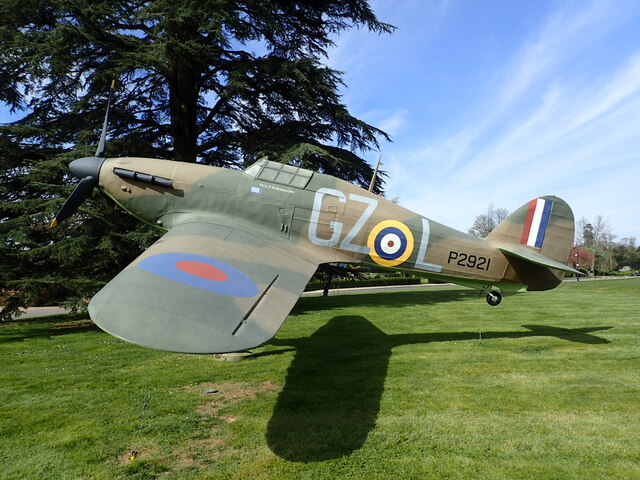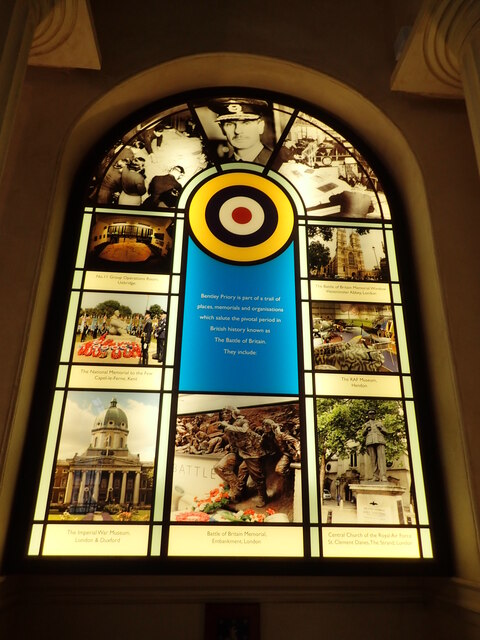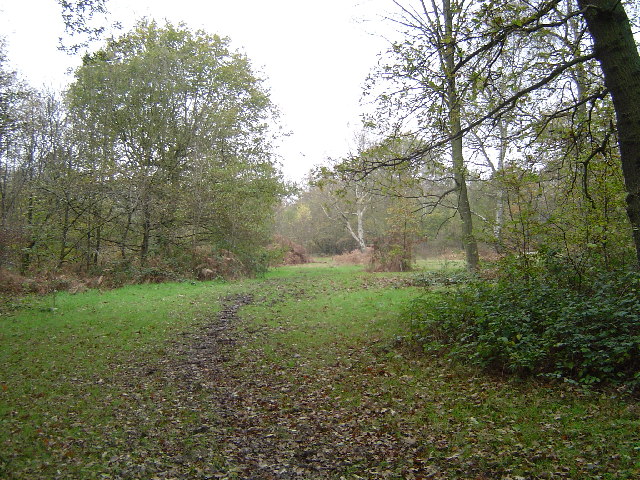Bushey Heath
Settlement in Hertfordshire / Middlesex Hertsmere
England
Bushey Heath

Bushey Heath is a suburban area situated in the county of Hertfordshire in England, although it is often associated with Middlesex due to its close proximity to the county border. It is located approximately 17 kilometers northwest of central London and lies between the towns of Watford and Stanmore.
Historically, Bushey Heath was a rural area known for its agricultural activities, but it underwent significant development during the 19th century with the arrival of the railway. Today, it is a sought-after residential area characterized by a mix of detached houses, semi-detached properties, and modern apartments.
The area boasts several amenities, including a variety of shops, supermarkets, restaurants, and pubs catering to the needs of the local community. It is also home to a number of schools and educational institutions, making it an attractive location for families.
Nature enthusiasts will appreciate the nearby green spaces, such as Bushey Heath Common and Bentley Priory Nature Reserve, which provide opportunities for outdoor activities like walking, jogging, and picnicking. The area benefits from excellent transport links, with several bus routes connecting it to neighboring towns, and the M1 motorway providing easy access to London and other parts of the country.
Overall, Bushey Heath offers a balance between suburban living and access to urban amenities, making it an appealing place to reside for individuals seeking a peaceful and well-connected community within close proximity to the capital city.
If you have any feedback on the listing, please let us know in the comments section below.
Bushey Heath Images
Images are sourced within 2km of 51.638806/-0.335952 or Grid Reference TQ1594. Thanks to Geograph Open Source API. All images are credited.


















Bushey Heath is located at Grid Ref: TQ1594 (Lat: 51.638806, Lng: -0.335952)
Administrative County: Hertfordshire
District: Hertsmere
Police Authority: Hertfordshire
What 3 Words
///glow.update.daring. Near Bushey, Hertfordshire
Nearby Locations
Related Wikis
Immanuel College, Bushey
Immanuel College is a private co-educational Jewish day school in Bushey, Hertfordshire, on the outskirts of North London. It is a member of the Headmasters...
Stanmore Common
Stanmore Common is a 49.2-hectare public park, Local Nature Reserve and Site of Metropolitan Importance for Nature Conservation in Stanmore in the London...
Bushey Heath tube station
Bushey Heath was a proposed, but unbuilt, London Underground station in Bushey Heath, Hertfordshire, England. The planned location of the station was at...
Hilfield Park Reservoir
Hilfield Park Reservoir is a 76.3 ha (189 acres) construction built in 1953 between Bushey and Elstree in Hertfordshire, and owned by Affinity Water. Declared...
Bentley Priory
Bentley Priory is an eighteenth to nineteenth century stately home and deer park in Stanmore on the northern edge of the Greater London area in the London...
RAF Bentley Priory
RAF Bentley Priory was a non-flying Royal Air Force station near Stanmore in the London Borough of Harrow. It was the headquarters of Fighter Command in...
Bushey Meads School
Bushey Meads School (also known as "BMS") is a coeducational secondary school and sixth form with academy status, located in Bushey, Hertfordshire, England...
New Elstree Studios
New Elstree Studios was a British film studio complex that was the main production centre for the Danziger Brothers from 1956 to 1962, and was one of several...
Nearby Amenities
Located within 500m of 51.638806,-0.335952Have you been to Bushey Heath?
Leave your review of Bushey Heath below (or comments, questions and feedback).


